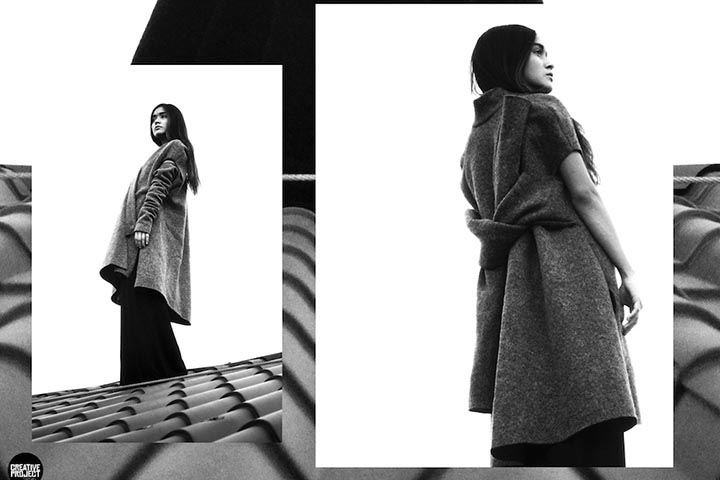“Textiles are part of my life, actually they are my roots,” exclaims Alessandro Pierattini, a professional, artistic, stylish man who has dedicated his life to textiles. In 1984, Alessandro was the partner of a textile company that developed a new product line made of wool and cashmere for new fashion accessories. This period was dominated by the high-end natural fibre market and determined Alessandro’s entry into the world of textile design. Now he is not only a designer, but a freelance consultant and a professor at the Polimoda International Institute of Fashion Design & Marketing in Italy. We could not choose a better expert than Alessandro to walk us through the world of textiles!
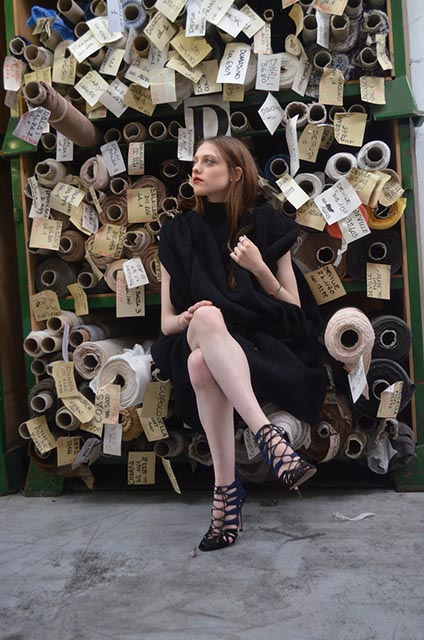
Alessandro Pierattini: Interview
How important are textiles in your life?
My family, for several generations, worked in the textile and fashion industry. My father taught weaving workshops from the age of 22 years old. My childhood was spent in the lab with him every summer through Jacquard Loom. My mother was a tailor, so I was with her customers selecting fabrics and accessories, touching and choosing all materials on a daily basis.
I began my studies in Textile Science at university, but prior to that I had learnt a lot from my father. The knowledge acquired at home, which my classmates did not understand, gave me a great deal of confidence in the textile industry. From my previous work experience, I knew more materials and got in touch with various brands. Meanwhile, I had the opportunity to start my career in education at the Polimoda International Institute of Fashion Design & Marketing in Florence. Now I enjoy teaching and sharing my experiences with my students, so that they can be connected to the real, fascinating and vibrant world of textiles. Particularly fascinating due to the constant search for materials and emotions which provide such wonderful stimulation.
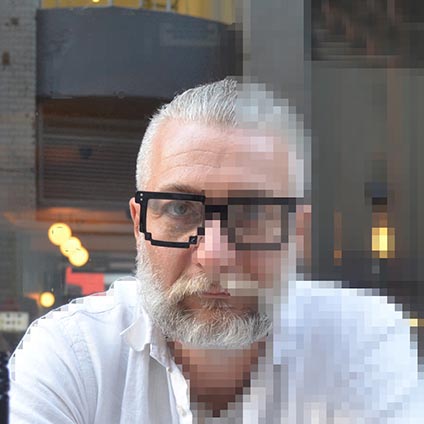
What is the relationship between textiles and fashion?
The textile materials and their manipulations are behind the creation of fashion. It is always important to deeply know the fabrics before using them. A good fashion designer should have a great understanding of fabrics to create any garment or accessory with ease. Fashion comes from the materials and textiles in use. Today the availability of textiles on the market is significantly large and big brands are increasingly seeking exclusive products. A textile designer is always available to help to render fabrics unique and innovative with new finishes that personalise textures for demanding designers.
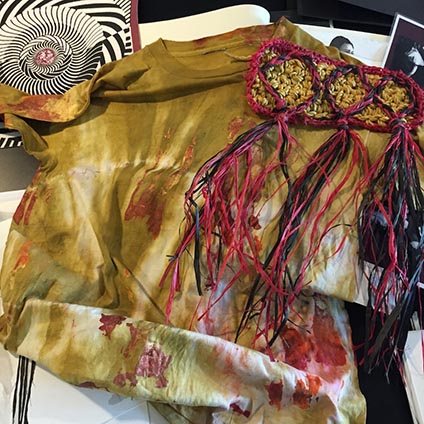
What are the main differences between a textile designer and a fashion designer?
They are two completely different worlds, but they are closely related. While creating a textile it is hard to imagine what the end-use garment will be. Combination and migration between textile and fashions designers is also becoming more and more important. Fashion designer often need to deal with their unique collections of fabric materials. My world is the design, implementation and combination of textiles, that lets my students and I have the opportunity to see everything from fibres to finished garments. It is a very interesting interaction with many perspectives and the beginning of new educational projects.
How about the possibility of new discoveries and innovations in textile materials?
Starting from fibres, there is a critical and constant research and development into new materials. Logical materials are mainly synthetic, as development moves in that direction almost exclusively. Reaction of anecdotal material with camouflage, new environments, sensitive materials, reagents will invariably be reached as military fashion is more widely adopted. This has happened throughout history where what we use today was already the result of space-aged research into high quality textiles and materials. I have great confidence in research and technology, it is important to provide new creative thinking.
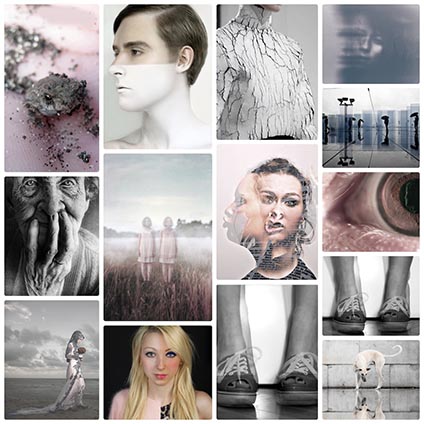
What is the secret of doing “textile design”?
For me, nothing is impossible when it comes to design, however we need hard work, knowing more about the characteristics of the material itself, we can improve the efficiency of fabric design. Of course, creativity is very important, but having excellent knowledge of the textile can enhance design creativity! For example, the dyeing speed and degree of absorption is more powerful in cotton than Polyester. As for textile knowledge for a good designer, not only the basic physical or chemical information is needed, but also the need to pay more attention to some important exhibitions and conferences such as Milano Unica for Italian exhibitors and Premiere Vision Paris for a more international audience. Exhibitions are seasonal. In February and September of each year, we come up with a summer and winter collections. Fashion and textile designers have the opportunity to learn about the latest news as well as promote their own designs.
What “textile” related book, organisation or school would you recommend?
The reference book for my teaching is “Textile Science”, but I am not limited to textile or science. I suggest other types of books that also provide insight into innovative and experimental materials. Those who amass a deep knowledge of textiles usually pursue careers as textile or fashion designers. In Italy, some schools have already developed various textile centres: Prato, Biella, Como and Carpi. Together with broader activities, books, exhibitions and organisations dedicated to textile, this sector provides more opportunities to work with certain materials and provide platforms for new textile designers in the future.
For a true experience get your hands dirty and you will get the best results.
